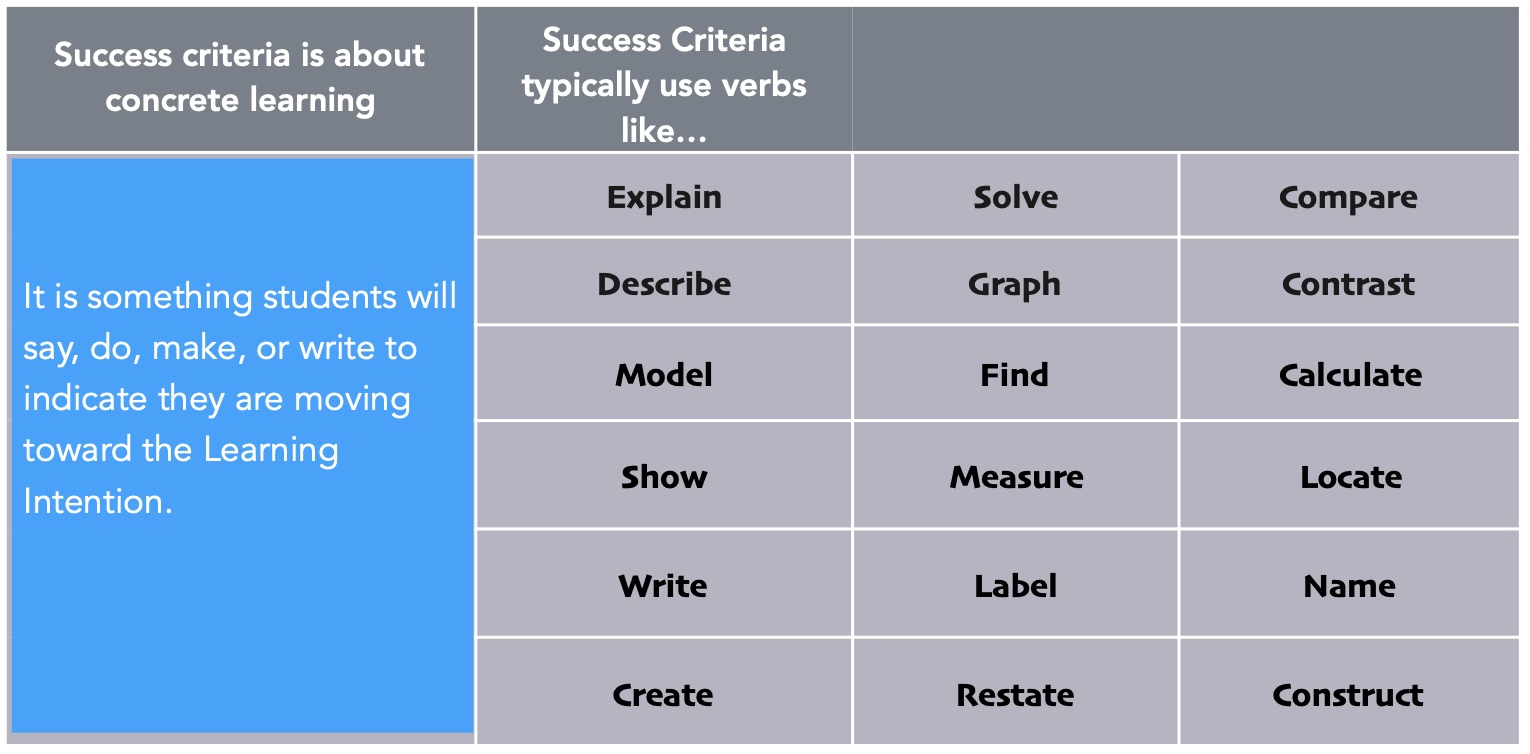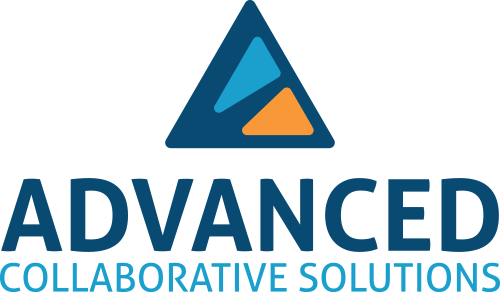Developing Teacher Clarity through Achievement Teams

By: Steve Ventura
Teacher clarity has become such a hot topic in education these days, but what does it truly mean? In his groundbreaking research, John Hattie explains teacher clarity as an organizational and instructional strategy focused on creating explicit learning intentions and success criteria defined by the teacher for their students. In other words, teacher clarity means stating something explicitly and clearly, rather than implicit or implied instruction.
So what does teacher clarity look like in practice? Educators use words like “program” or “system” because those terms are easy to understand. However, teacher clarity is neither a program nor a system. It is a framework built on two things: collaborative philosophies and explicit instruction.
Collaborative Philosophy and Teacher Clarity
In schools, one of the most frustrating issues with initial implementation of any new initiative is the lack of clarity from building or system-level leadership. In this chaotic environment, teams’ resort to lower-level teaching and learning, with an emphasis on confusion. On the contrary, when teams work together in pursuit of a common goal, then clarity must be the foundation so that reaching the defined goal become a reality. When teams of teachers work collectively on a common goal, the outcomes are more effective on student learning regardless of factors such as student home-life, demographics, and socioeconomic status. As teachers create learning intentions and success criteria through the Achievement Teams protocol, their collective ability strengthens and promotes better outcomes for all students.
Explicit Instruction and Teacher Clarity
Clarity is the prerequisite of almost anything involving instruction because it provides the ability for both teachers and students to articulate what is to be leaned and how it is to be learned. Developing learning intentions and success criteria allow teachers to align instruction with assessment. It also helps narrow the focus of instruction by identifying what matters most in the learning process. By using learning intentions and success criteria in the classroom, students become self-regulated learners who routinely perform better than students who rely solely on teacher support.
Beyond performance, a benefit for students who receive this kind of clarity in the classroom means that they can become better consumers of content. Students begin to think metacognitively about the work they produce rather than only seeking answers to challenging questions from the teacher. Success criteria provide students with a model with which to compare their work and to reflect on the learning that is taking place.
 Sample Learning Intentions and Success Criteria
Sample Learning Intentions and Success Criteria
Clearly articulated success criteria can lead to better feedback between teachers and students, helps to create a sharp focus for students, and provides students opportunities to identify areas needing improvement. Above all, success criteria must be purposely linked to a specific learning intention.
Be aware that success criteria is not a checklist of steps to be completed. It is a deeper set of necessary learning, not simply a process to follow.
Learning Intention: Describe the contribution of Roman civilization to law, literature, poetry, architecture, engineering, and technology (e.g., roads, bridges, arenas, baths, aqueducts, central heating, plumbing, and sanitation).
Success Criteria:
- State accurately a technological contribution
- Explain how the contribution improved a Roman’s daily life
- Include 2-3 sentences in your explanation
- Make a connection to your own personal experience – how has this contribution improved your life?
In this example students were asked to focus on technological contributions, but these criteria can be expanded to other contributions as well.
Learning Intention: Determine the central idea of a text and provide key details. Provide an objective summary of the text.
Success Criteria:
- Identify the central idea of a text
- Identify 3-4 key details that support the central idea
- Describe how each key detail supports the central idea
- Summarize each key detail
- Write an objective summary of the text
Success criteria should prompt students to find, write, solve, create, or say something that reflect the content of the learning intention. Here are some suggested verbs to use with criteria for success:

Success criteria clarifies what students must learn by giving them clear explanations and demonstrations. Additionally, it helps to sequence lessons and activities in a logical and clearly delineated format.
Teacher clarity starts with collaborative protocols like PLCs or Achievement Teams, but the key to success is finding collective efficacy among the team in order to create classroom conditions where success and requirements are clearly outlined for all learners.

